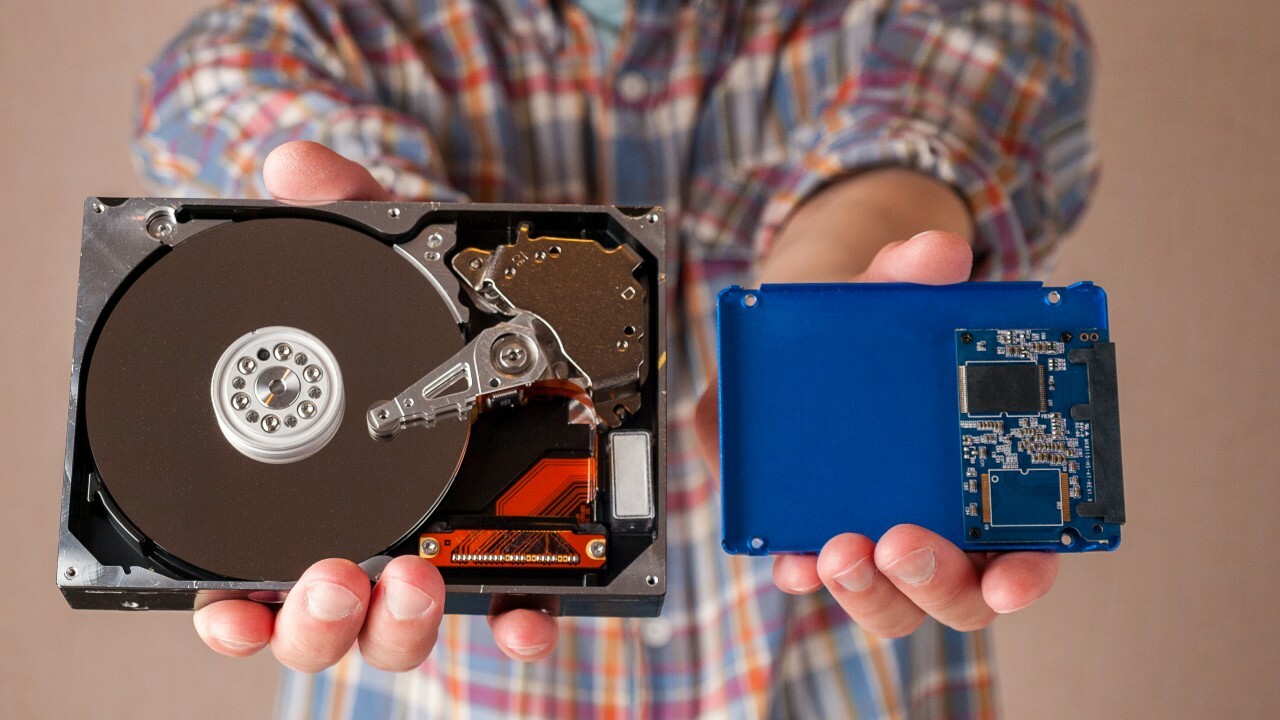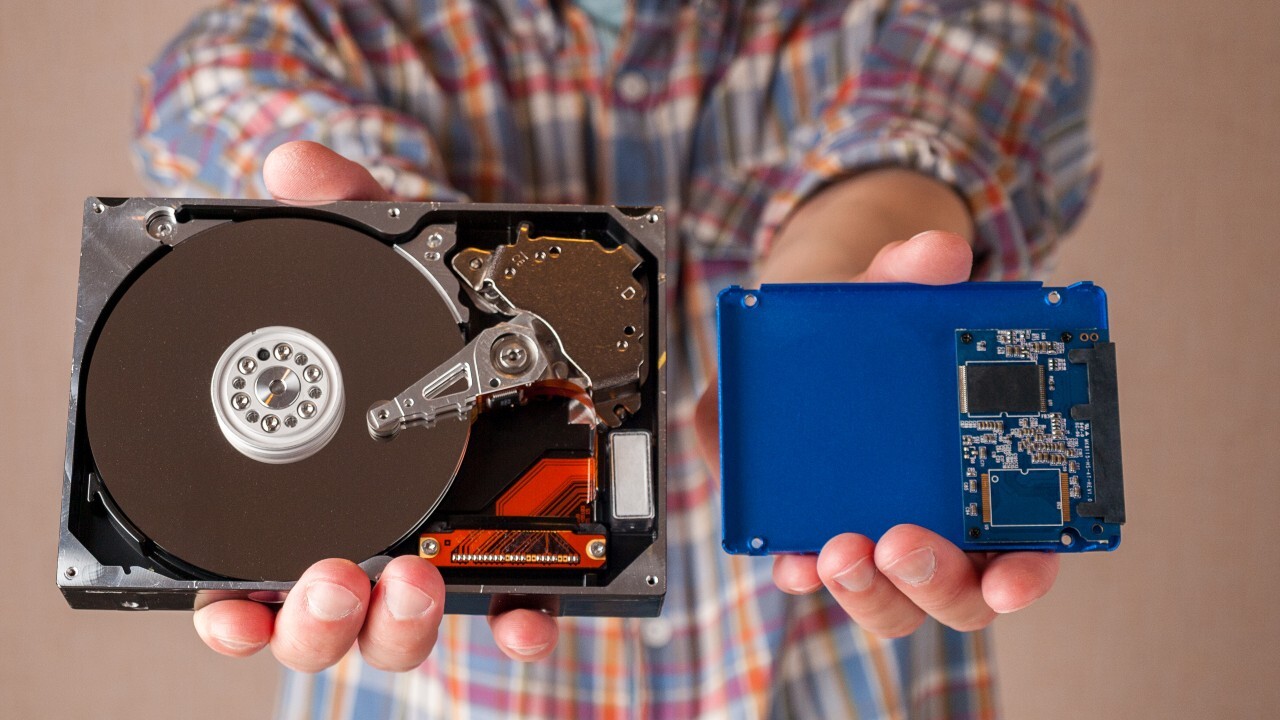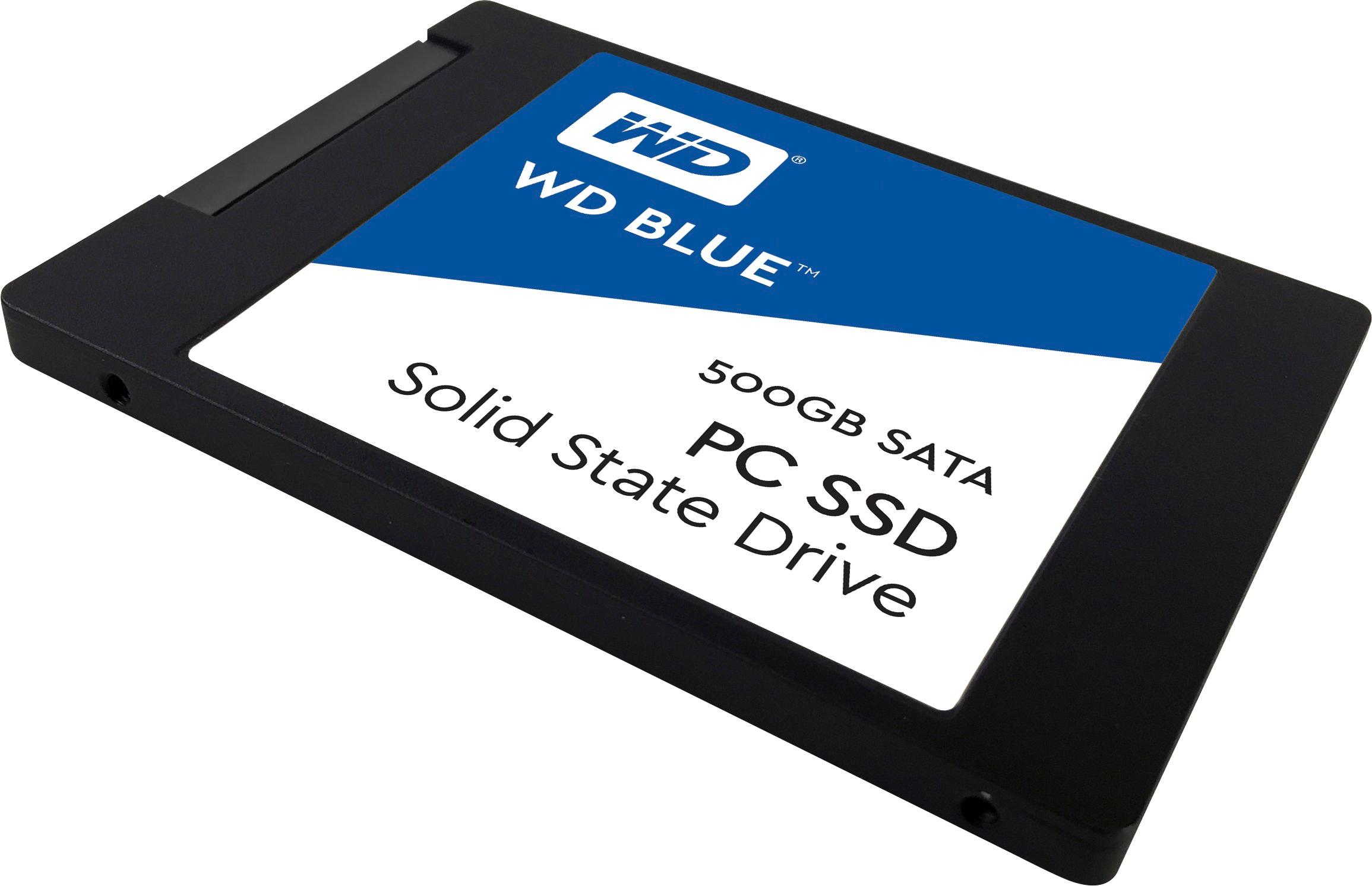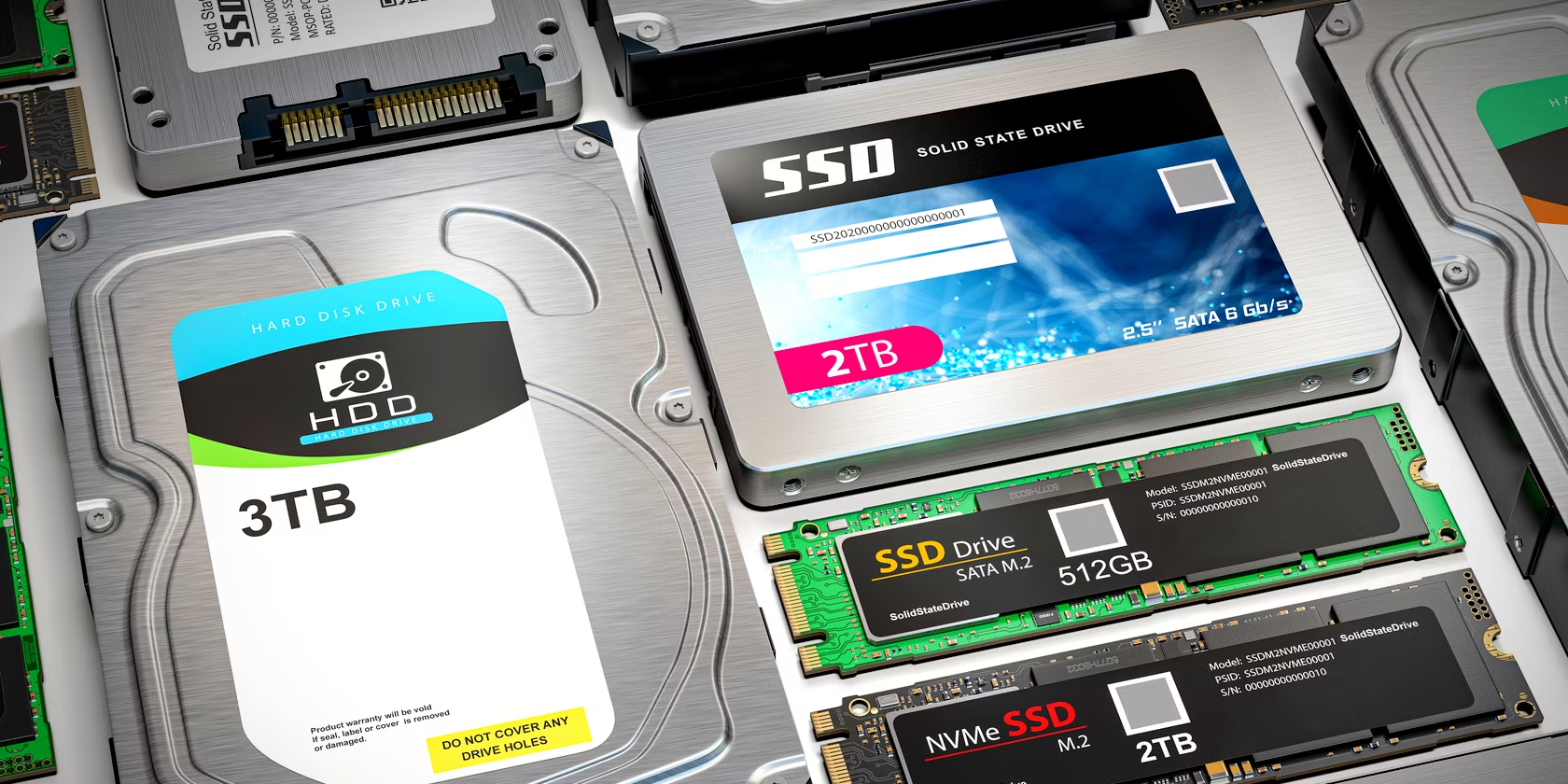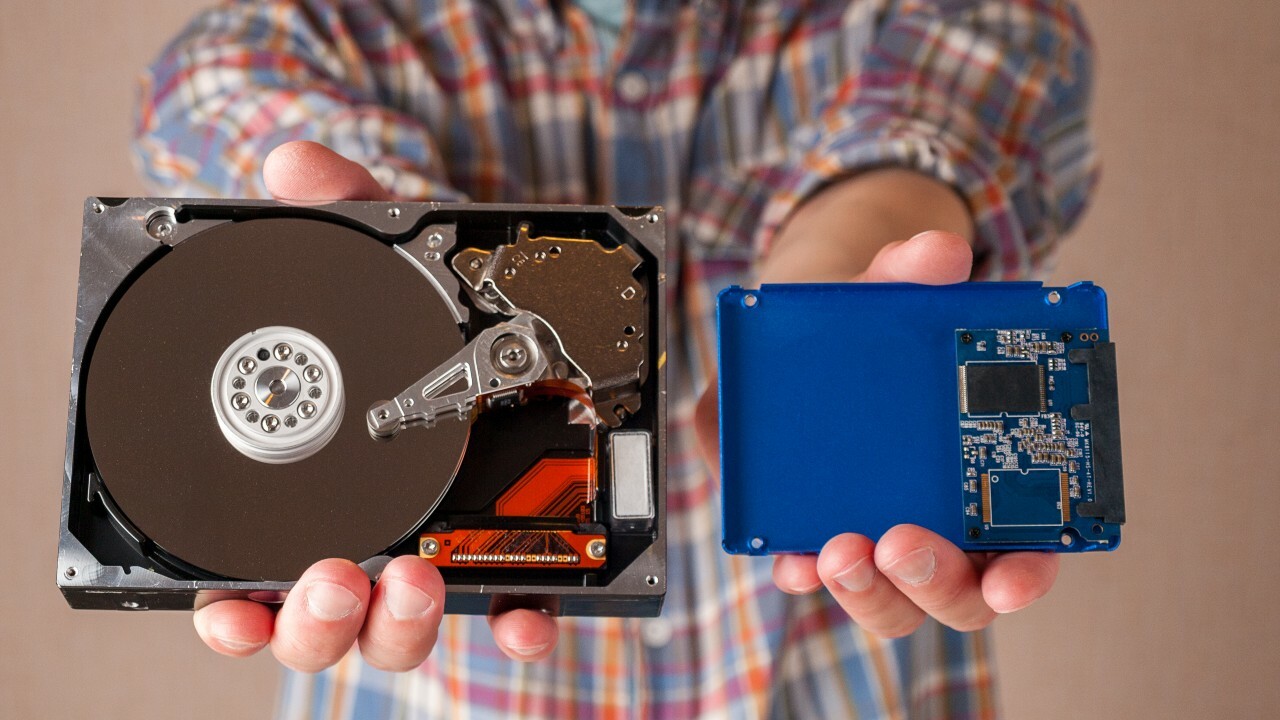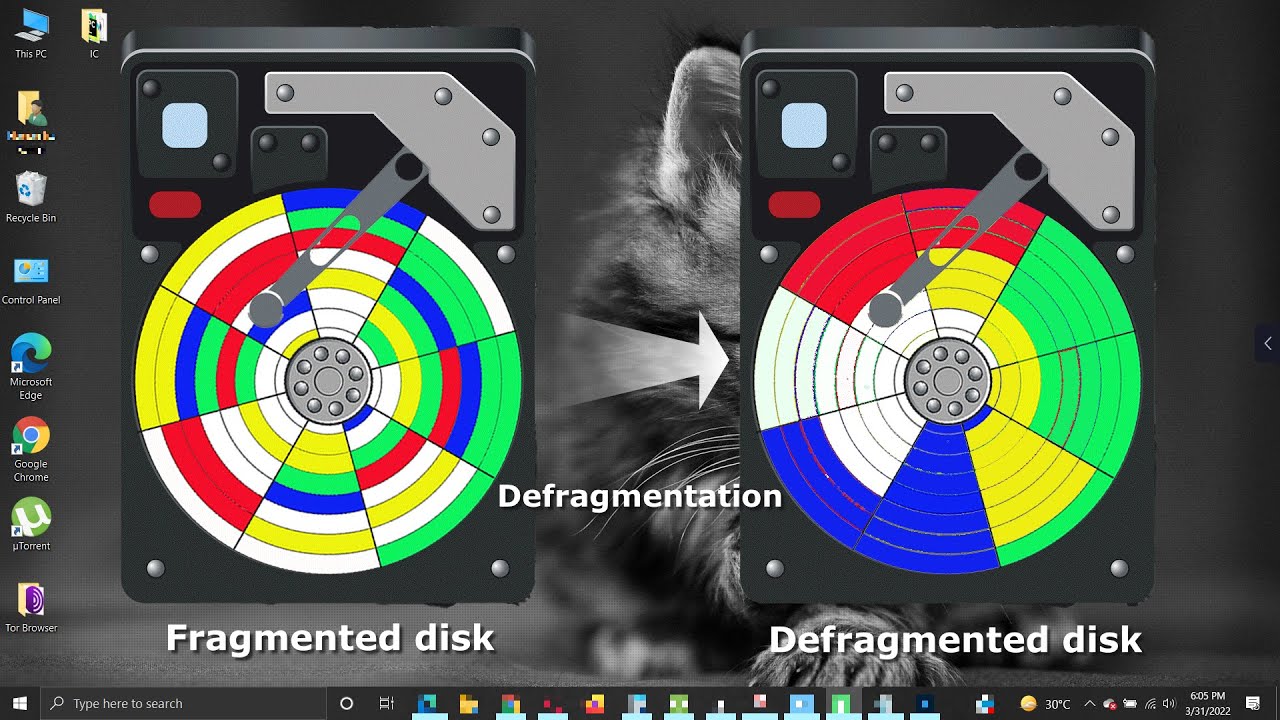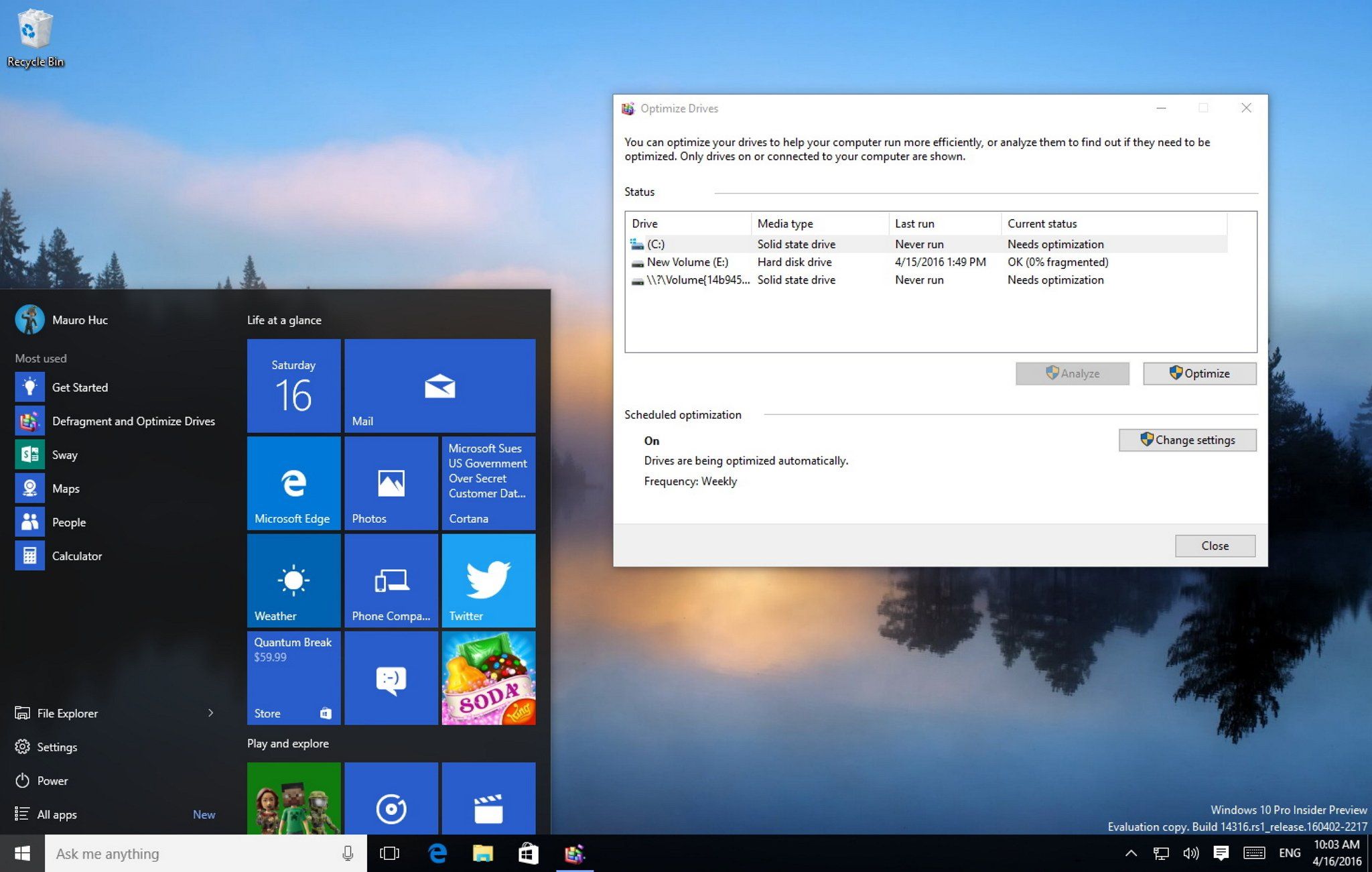Introduction
Welcome to our guide on how to defragment an SSD, or rather, why you shouldn’t defragment an SSD. If you’re new to the world of solid-state drives (SSDs) and wondering what all the buzz is about, you’ve come to the right place!
SSDs have become immensely popular due to their lightning-fast speeds, durability, and overall performance benefits compared to traditional hard disk drives (HDDs). They use flash memory to store data, making them more efficient and reliable. One downside, however, is that SSDs can suffer from fragmentation, just like HDDs.
Fragmentation is the process where files and data become scattered across the storage space, leading to slower read and write speeds. HDDs are notorious for experiencing fragmentation, which is why regular defragmentation is recommended. But, when it comes to SSDs, the story is quite different.
So, you may be wondering, can you defragment an SSD? The short answer is yes, you technically can. However, it is strongly advised against doing so, and we’ll explain the reasons why in this article.
Instead of focusing on defragmentation, we’ll provide you with alternative approaches to optimize your SSD’s performance and maintain its longevity. So, let’s dig a little deeper and uncover why defragmenting an SSD is not the best practice.
What is an SSD?
A solid-state drive (SSD) is a type of storage device that uses flash memory technology to store data. Unlike traditional hard disk drives (HDDs) that consist of spinning platters and mechanical read/write heads, SSDs have no moving parts. Instead, they rely on microchips to store and retrieve data, making them significantly faster and more reliable.
SSDs offer several advantages over HDDs. Firstly, their lack of moving parts means they are less prone to physical damage and mechanical failures. This inherent durability makes them ideal for portable devices such as laptops and smartphones. Secondly, SSDs provide faster read and write speeds, resulting in quicker boot times, faster application loading, and smoother overall system performance.
In addition to speed and durability, SSDs are also more energy-efficient than HDDs. Since they do not rely on spinning disks, they consume less power, extending battery life in laptops and reducing electricity costs for desktop systems.
Another notable feature of SSDs is their compact size. Unlike HDDs, which require multiple spinning disks and physical read/write heads, SSDs can be designed in smaller form factors. This makes them suitable for slim devices such as ultrabooks and tablets where space is limited.
Over the years, SSD technology has advanced rapidly, leading to higher storage capacities and lower costs. Initially, SSDs were considered a luxury due to their higher price per gigabyte compared to HDDs. However, as the technology matured, the cost per gigabyte has decreased, making SSDs more accessible to a wider range of users.
In summary, an SSD is a storage device that utilizes flash memory technology to deliver faster speeds, increased durability, improved energy efficiency, and compact form factors. Its benefits extend beyond just performance, making it an attractive choice for both personal and business users alike.
What is fragmentation?
Fragmentation refers to the process where files and data become scattered across the storage space of a storage device, such as a hard disk drive (HDD) or a solid-state drive (SSD). When a file is saved to a storage device, it is typically stored in contiguous blocks or clusters. However, as files are created, modified, and deleted over time, free space becomes fragmented, resulting in data being stored in non-contiguous blocks.
In the case of HDDs, fragmentation occurs when files are split into fragments and stored in different physical locations on the disk. This means that the disk read/write heads must move to different locations to access all the fragments of a file, which can slow down the overall read and write speeds of the drive.
On the other hand, SSDs also experience fragmentation, but in a slightly different way. Flash memory, which SSDs use to store data, has a limited number of write cycles before it wears out. To prolong the lifespan of the SSD, the wear leveling algorithm is employed to evenly distribute write operations across the available memory cells. However, as the drive becomes filled with data, the available memory cells become fragmented, resulting in slower write speeds.
Fragmentation can have a negative impact on system performance, especially in the case of HDDs. When a file is fragmented, the disk read/write heads must perform additional seek operations to access all the fragments, leading to increased load times and decreased overall performance.
However, it is important to note that fragmentation has a much smaller impact on SSDs. This is because SSDs have incredibly fast random access times, meaning that the drive can access data from any location almost instantly. Therefore, while fragmentation can still occur on an SSD, the performance impact is minimal compared to HDDs.
In summary, fragmentation is the process where files and data become scattered across the storage space of a storage device, leading to decreased performance. While fragmentation can impact both HDDs and SSDs, the performance impact on SSDs is minimal due to their fast random access times.
Can you defragment an SSD?
Yes, you technically can defragment an SSD. Most operating systems provide built-in defragmentation utilities that work with both HDDs and SSDs. These utilities analyze the storage device’s file system and reorganize the data to improve performance by reducing fragmentation. However, despite the ability to defragment an SSD, it is strongly advised against doing so.
Defragmenting an SSD can have adverse effects on its performance and lifespan. Unlike HDDs, SSDs have a finite number of write cycles per memory cell. When you defragment an SSD, it typically involves moving and rewriting data across the drive to consolidate it. This process increases the number of write operations performed on the SSD, accelerating the wear and tear on the memory cells.
Additionally, SSDs use a technique called wear leveling to evenly distribute write operations across the available memory cells. This ensures that certain cells are not overly used, as this can lead to premature cell failure. When you defragment an SSD, you interfere with the wear leveling algorithm and potentially cause some memory cells to endure more write operations than others, reducing the lifespan of the drive.
Furthermore, defragmenting an SSD provides minimal performance improvement compared to an HDD. Since SSDs utilize flash memory, the access time to retrieve data is almost instantaneous, regardless of whether the data is fragmented or not. The random access times of SSDs are so fast that the benefits of defragmentation are negligible.
In recent years, operating systems and SSD manufacturers have implemented optimization techniques specific to SSDs. These techniques, such as TRIM, help maintain the performance and lifespan of SSDs by properly managing their memory cells without the need for defragmentation.
Therefore, it is highly recommended to avoid defragmenting an SSD. Instead, rely on the built-in optimization features of your operating system and let the SSD handle its own maintenance. This way, you can ensure optimal performance and longevity for your SSD without the risks associated with defragmentation.
Why you shouldn’t defragment an SSD
Defragmenting an SSD may seem like a logical step to improve its performance, but in reality, it can do more harm than good. Here are several compelling reasons why you should avoid defragmenting an SSD:
- Reduced lifespan: SSDs have a limited number of write cycles per memory cell. Defragmentation involves moving and rewriting data, which increases the number of write operations performed on the SSD. This accelerated wear and tear can shorten the lifespan of the drive.
- Interference with wear leveling: SSDs employ a technique called wear leveling to evenly distribute write operations across memory cells. When you defragment an SSD, you disrupt the wear leveling algorithm and may cause some memory cells to endure more write operations than others. This can lead to uneven wear and premature failure of individual cells.
- Negligible performance improvement: SSDs have incredibly fast random access times, meaning they can retrieve data from any location on the drive almost instantaneously. Fragmentation has minimal impact on SSD performance, and the benefits of defragmentation are negligible compared to the risks involved.
- SSD-specific optimization techniques: Operating systems and SSD manufacturers have implemented optimization techniques tailored to SSDs. These techniques, such as TRIM, effectively manage the drive’s memory cells without the need for defragmentation. It is better to rely on these built-in features designed to maintain performance and longevity.
- Potential data loss: Defragmentation involves moving and reorganizing data, increasing the risk of data loss or corruption. While modern defragmentation tools are generally reliable, there is always a small chance of something going wrong during the process.
Given these reasons, it is highly recommended not to defragment an SSD. Let the SSD perform its own maintenance and optimization, while you focus on other best practices like regular backups and keeping the drive’s firmware up to date. By following these guidelines, you can ensure optimal performance and longevity for your SSD without risking unnecessary complications.
What to do instead of defragmenting an SSD
While defragmenting an SSD is not recommended, there are several alternative steps you can take to optimize its performance and maintain its longevity. Here are some best practices to follow:
- Enable TRIM: TRIM is a command that allows the operating system to inform the SSD which data blocks are no longer in use. Enabling TRIM ensures that the drive can efficiently manage its memory cells and maintain optimal performance.
- Keep the SSD firmware up to date: SSD manufacturers often release firmware updates that can improve performance, fix bugs, and enhance compatibility. Regularly check for and install firmware updates provided by the manufacturer.
- Avoid filling the SSD to maximum capacity: Leaving some free space on the SSD allows the drive to perform wear leveling more effectively. Aim to keep at least 10-20% of the SSD capacity free for optimal performance.
- Regularly update your operating system: Ensuring that your operating system is up to date can provide performance optimizations specific to SSDs. Operating system updates often include enhancements that improve SSD performance and compatibility.
- Remove unnecessary files: Periodically clean up your SSD by removing unnecessary files and applications. This can help free up space and improve overall performance.
- Use SSD optimization software: Some SSD manufacturers provide specialized software that can help optimize and manage the SSD. These tools often include features like firmware updates, TRIM management, and monitoring of drive health.
- Regularly back up your data: While not directly related to SSD optimization, regular data backups are essential for data security. In case of any unforeseen issues or failures, having a backup ensures that your important files are protected.
By following these alternative steps, you can ensure that your SSD performs optimally and lasts for a long time. Remember that SSDs require different maintenance compared to HDDs, and focusing on these best practices will help you get the most out of your SSD without the need for defragmentation.
Conclusion
In conclusion, while defragmenting a solid-state drive (SSD) may seem like a logical step to improve performance, it is strongly advised against doing so. SSDs have different characteristics and maintenance requirements compared to traditional hard disk drives (HDDs).
Defragmenting an SSD can lead to reduced lifespan, as the increased number of write operations can wear out the memory cells faster. It can also interfere with the wear leveling algorithm, causing uneven wear and potentially premature cell failure. Furthermore, the performance benefits of defragmentation on an SSD are negligible due to their impressive random access times.
Instead of defragmenting an SSD, it is recommended to enable TRIM, keep the firmware up to date, avoid filling the SSD to its maximum capacity, regularly update the operating system, remove unnecessary files, utilize SSD optimization software if provided by the manufacturer, and regularly back up your data.
By following these alternative steps, you can optimize the performance of your SSD and ensure its longevity without the risks associated with defragmentation. Remember, SSDs are designed with built-in optimization techniques to effectively manage their memory cells, allowing you to experience the full benefits of their speed and reliability.
So, resist the temptation to defragment your SSD and focus on these best practices to keep your SSD running smoothly and efficiently. Embrace the advantages of SSD technology and enjoy the fast, responsive performance it provides without the need for defragmentation.







